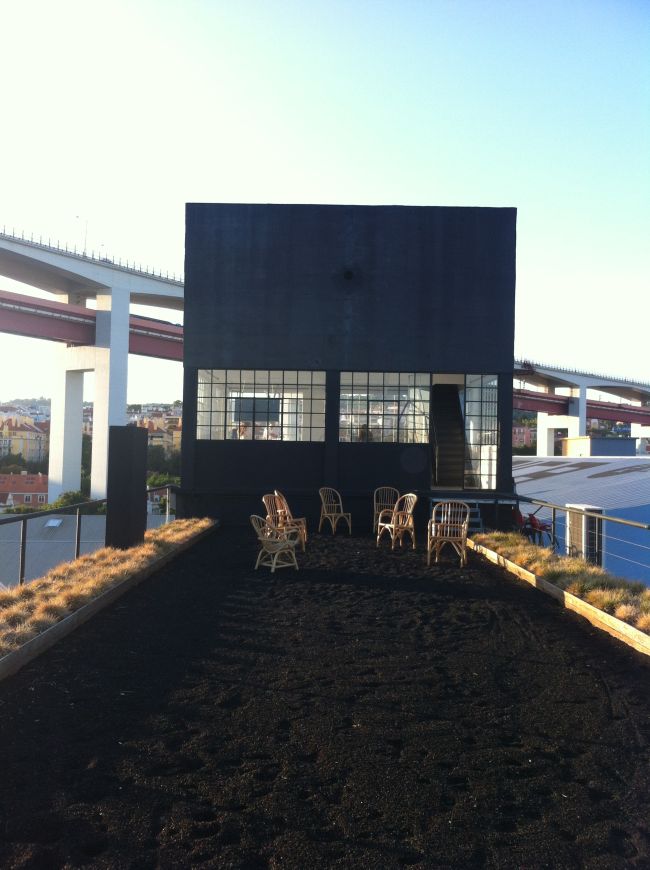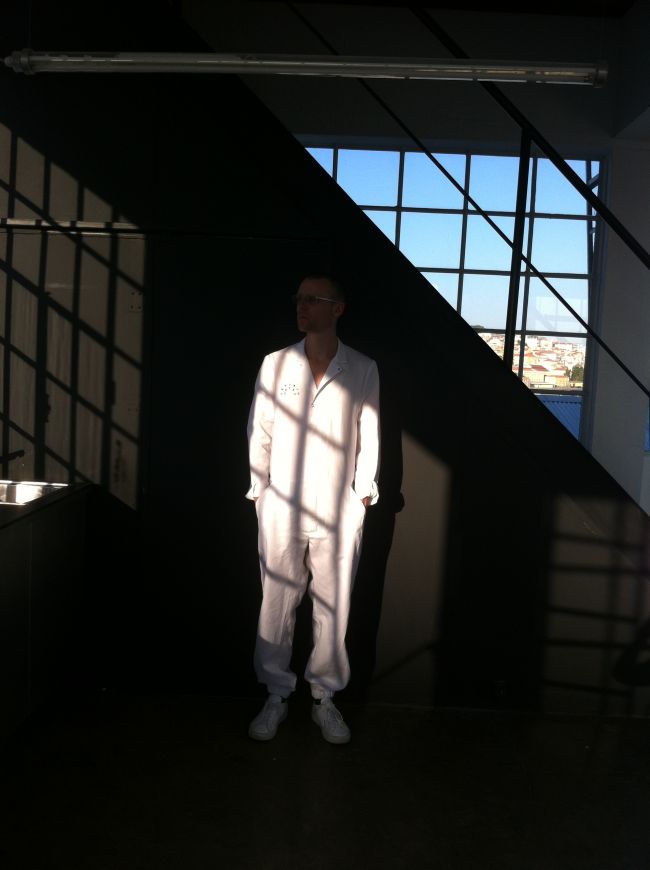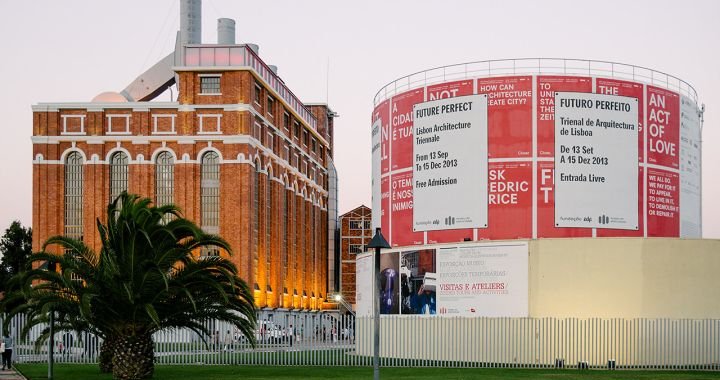
The Lisbon Architecture Triennale 2013: Closer to Life
Etsuj
26/09/2013
The Lisbon Architecture Triennial is a rather young formation – it was founded in 2007, in Lisbon, Portugal. Every edition of the event has different curatorial teams that meet the requirements set by the directors of the Triennial – to continue to provide a platform for discussion concerning topical issues in contemporary architecture. The Lisbon Triennial was founded to celebrate the architectural legacy of Portugal’s architecture schools, as well as to connect together international developments and discussions in architecture.
The 2013 edition of the Triennale, with its new team of young curators, promises to rescue architecture from the limitations of its own field and its typical representations. Looking back to the Lisbon Architecture Triennial of 2010, that one was more of an attempt at showing architectural projects for residential buildings, and although it sported such names as Ed Ruscha, Elmgreen&Dragset, Pier Vittorio Aureli and Rem Koolhaas, it was mostly just talking about the buildings and structures. Even the theme of the 2010 Triennial was “Let's Talk About Houses”. Nevertheless, it promised to explore the increasingly blurred boundaries between art and architecture – something which, in my mind, the Third edition of the Lisbon Architecture Triennial, in 2013, did much more forcefully.
As stated in the press releases, the premise of the Third Lisbon Architecture Triennale is not to give answers, but to pose questions that, through their sphere and context, contain both a statement of intent and a call to action.

“And Nowhere a Shadow” by Cohen Van Balen. “Future Perfect” programme. Photo: Catarina Botelho
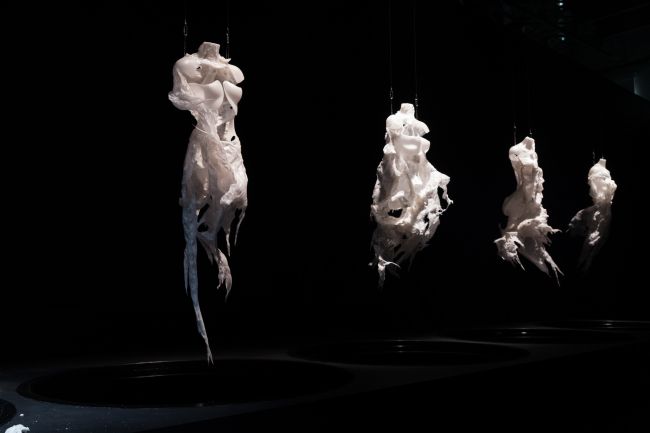
“Digital Artefacts” by Bart Hess. “Future Perfect” programme. Photo: Catarina Botelho

“Future Perfect” model. Photo: Catarina Botelho
Close, Closer is the title of the curatorial investigation of the Third Edition of the Triennial, which expands into the field of contemporary architectural practice. Over the course of three months, through diverse platforms of exhibitions, events, speeches, conversations, plays, stories, campaigns, competitions, dinners, debates, parliaments, publications, interfaces, atmospheres, experiments, inventions and civic actions, the Triennial is considering the condition in which architecture is practised and the way it is framed, expressed and understood. Through the programmes “Future Perfect”, “The Real and Other Fictions”, “The Institute Effect” and “New Publics and Associated Projects”, the Triennial aims to present architecture not just as an object and idea to be mediated, but as the act of mediation itself.
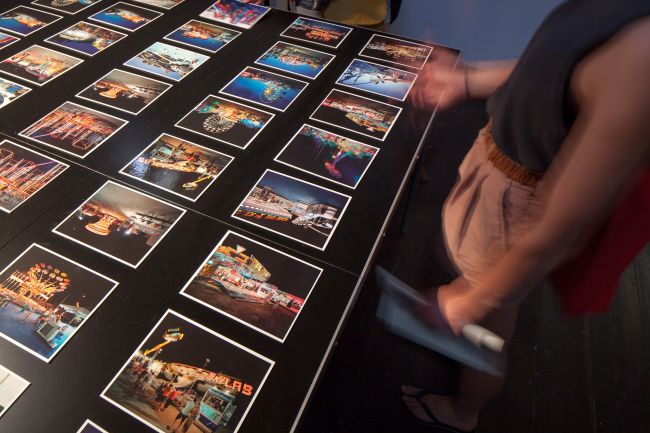
“Games To Lose Control” by Carsten Höller. “The Real and Other Fictions” programme. Photo: Luke Hayes
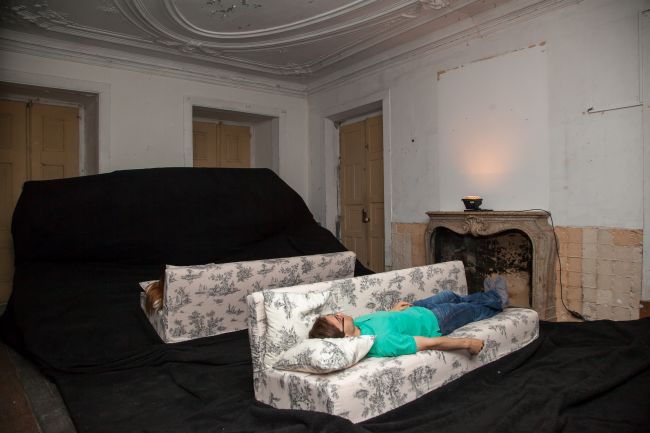
“Slowly Ceiling” by Alex Schweder. “The Real and Other Fictions” programme. Photo: Luke Hayes
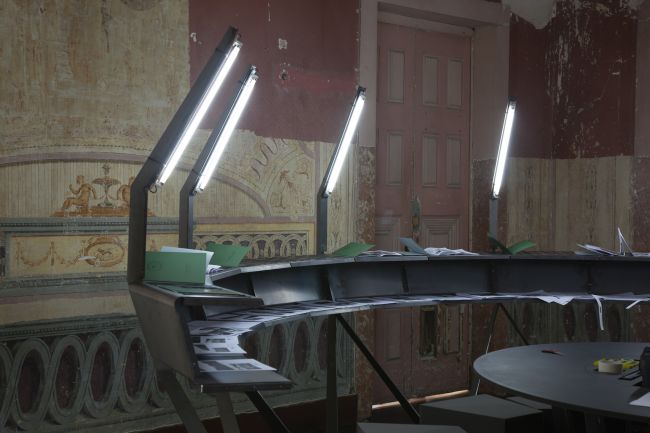
Sonda Espacial L.Q.F.U.B. Friendly Fire. “The Real and Other Fictions” programme. Photo: Luke Hayes
The young curatorial team of this Third Edition of the Triennial is made up of Beatrice Galilee and co-curators José Esparza, Mariana Pestana, Liam Young and Dani Admiss. Mostly London-based, the curators invited different projects from around the world and created new platforms for investigation.
One of the wider projects of the Triennial was Associated Projects. If, during the Triennial, architecture was meant to be portrayed as a living, social and artistic force, then the elements of Associated Projects were organised through an open call, forming the fringe part of the Triennial. Consequently, this made up an important part of the curatorial statement, even though it was set apart from the multitude of bigger exhibitions.
“Oneiric Hotel” by Julijonas Urbonas. Photo: Aiste Nesterovaite
As part of the programme Close,Closer/Associated Projects, the Lithuanian artist and researcher Julijonas Urbonas*** presented his new project Oneiric Hotel, curated by Juste Kostikovaite – a pop-up hotel equipped with special dream-inducing equipment.
Oneiric Hotel is a modified version of the larger research project known as Gravitational Dreams Lab – an artistic re-enactment of a few successful scientific sleep experiments that managed to induce lucid gravitational dreams in which the dreamers could consciously fly, fall, levitate, or perform other gravity-defying activities. In the project, these experiments are reconstructed as custom-made experiences and catapulted from the scientific labs into the bedrooms of the public, such as in homes, hotels and other spaces open to intimate and poetic exploration.
“Oneiric Hotel” by Julijonas Urbonas. Photo: Aiste Nesterovaite
During the Triennial, Oneiric Hotel is providing the public with unique sleepover experience packages. Equipped with dream-inducing contraptions and techniques, everyone will be able to take a nap in a sleep capsule to re-test the dream experiments in their own way. The sleepers – the scientific “subjects” – become the curators of their own oneiric experiments.
Having grown up in an amusement park, and later becoming the director of the same park, Julijonas Urbonas has been designing fairground machines for alternative realities. One of his most recent ones is Euthanasia Coaster, a roller coaster designed to kill the rider in a euphoric and elegant way. After giving rides to more than 3M people with the machine in their imaginations, Julijonas set out to turn make-believe into the reality of shuteye.
The hotel is located in the area of the LX Factory. It is a revitalised area born in the place of a former industrial complex that used to consist of fabric and thread companies – Companhia de Fiação e Tecidos Lisbonense. The Oneiric Hotel is installed in the old water tower of LX factory, a space that formerly functioned as an artist residency.
Julijonas Urbonas. Photo: Aiste Nesterovaite
***Julijonas Urbonas is a Lithuanian designer, artist, writer, engineer and PhD student in Design Interactions at the Royal College of Art in London, UK. Since childhood, he has been working within the field of amusement park development. Having worked in the field as an architect, ride designer and head of the fairground, he became fascinated by what he calls the bodily-perceived aesthetics of “gravitational theatre”. Ever since, the topic has been at the core of his creative life – from artistic work to scholarly articles. Most recently, this interest has matured into his PhD research under the topic of Gravitational Aesthetics. His work has been exhibited internationally and has received many awards, including the Award of Distinction in Interactive Art and Prix Ars Electronica 2010.
